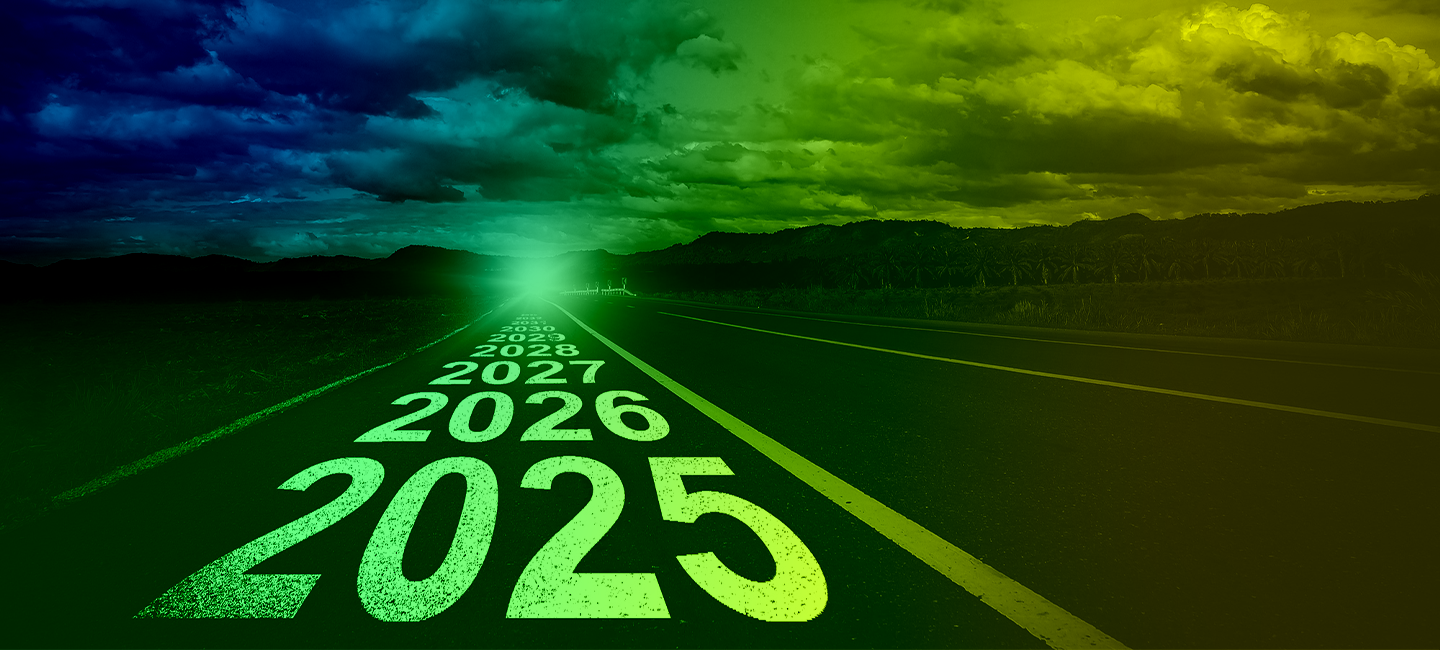2025: The Year Ahead for PR
Just a couple of weeks into the new year, I was delighted to join the discussion panel at PRWeek’s Year Ahead event, alongside other marketing and PR agency leaders, as we explored what lies ahead in 2025.
There’s no denying the economic outlook is far from buoyant, and every sector is facing its own set of challenges, but the conversations in the room emphasised why getting marketing, PR and social strategy right when things are tough is more important than ever.
We know belts will be tightening but marketers have been working with difficult conditions ever since the pandemic (if not longer). If necessity is the mother of invention, then the last few years have seen marketers demonstrate just what is possible in even the most trying of circumstances.
Things are unlikely to get significantly easier in the short term, but that just makes us even more determined to find innovative, creative ways to keep connecting brands with their audiences at a time when maintaining and growing market share is more important – and more competitive – than ever.
Here are five things to keep in mind as 2025 gets underway.
1. BRING THE JOY
As one brilliant panellist at the PRWeek event said: “We all need a little joy in our lives right now.”
Let’s face it, there’s not much good news in the world at the moment. This means people are actively seeking fun, entertainment, and a sense of escapism. From the tone of voice in your social content, to wider PR campaigns delivering happiness and humour, if you can find a way of bringing joy into your marketing activity, you’ll appeal to a deep rooted need for some light relief.
2. EVERYONE IS A CONSUMER
Following on from that point, the idea of bringing personality to your campaigns shouldn’t only apply to consumer marketers. Yes, the decision-making process for a B2B customer purchasing a major piece of industrial equipment will be different to that of a family deciding where to go for a day out. However, both customers are ultimately consumers. It can be all too easy to slip into a traditional corporate mindset when operating in the B2B space but, as many speakers at the event highlighted, we can expect to see a more human touch across B2B PR content this year as the lines blur between what a consumer and B2B approach should look like.
3. TRUST AND THE RISE OF DEINFLUENCERS
Trust as a concept is getting a lot of airtime – from people’s lack of trust in politicians and institutions to the unreliability of ‘facts’ shared on social media. People are questioning what they can trust and want to feel they know, and can rely on, the brands they choose to shop with. People are yearning to feel they can rely on brands to keep their promises.
One of the most effective ways for brands to build these connections is to reach consumers through the people they trust. From traditional word of mouth (hard to monitor and control but always a factor to keep in mind) to establishing the right influencer marketing strategy, those trusted recommendations are well worth securing.
A connected theme is the rise of deinfluencers. While some deinfluencers broadly fall into the influencer category, focusing more on recommending alternatives than talking about wider issues, those who are focusing on sustainability, social conscious and overconsumption are gaining traction.
This will be a tricky area for brands but there are two key things to bear in mind. Firstly, if you’re working with influencers, authenticity is essential; consumers spot inauthentic partnerships a mile off and they won’t serve your brand well. Build meaningful relationships with content creators who resonate with your audience or the audiences you want to reach.
Secondly, and this will only apply to some brands, be aware that your product or service could be the target of a deinfluencer campaign. How you respond or react to this will vary from situation to situation but don’t panic – if you can get the tone and content of your response right, it’s possible to turn a negative into a positive (or at least to limit the damage).
4. PLATFORMS TO WATCH IN 2025
While LinkedIn has always been crucial to B2B brands, in the consumer world LinkedIn has traditionally been viewed as the boring relative of platforms like TikTok and Snapchat. However, by sticking to its core purpose, it has cemented its place in people’s daily working lives. With the ongoing exodus from X, concern surrounding direction at Meta, and the threat of TikTok’s US ban (even if this now seems unlikely), LinkedIn’s relative stability has been looking increasingly attractive. It wouldn’t be a surprise to see more consumer brands exploring what it can offer them as a different route to audiences and it undoubtedly retains real potential for business leaders and brands to raise profile, reach audiences and drive leads.
We’re also seeing a significant increase in the use of Substack. From a media relations perspective, an interesting phenomenon here is the rate at which respected journalists and commentators are establishing a presence on the platform. With high engagement from users, there’s real potential to ‘pitch’ to targeted newsletter creators on Substack as an additional media outlet and a new way of reaching relevant audiences.
5. WHEN TO INTEGRATE [AND WHEN NOT TO]
Marketers have a lot of plates to keep spinning and managing the integration of multiple disciplines comes with mixed results. In 2025, we’re expecting to see more brands recognise that, if the goal is a fully integrated campaign then all the disciplines (and all the agencies involved) need to be working together from the ideation stage to shape and plan that activity.
Equally, there’s value in admitting that not every idea has to be part of a fully integrated campaign. Obviously, all activity needs to be aligned to core brand messages, but some great ideas stand alone. If you’re presented with a concept that will land brilliantly on earned channels but doesn’t integrate with other elements, don’t force it. Ultimately, if you’re working with a PR agency that really understands your brand, you’ll all be working towards the same end goal, and there needs to be some room for flexibility in the tactics that get you there.
The author: Jane Ainsworth is managing director of WPR. She has over 20 years’ experience in developing and delivering communications strategies for consumer brands including Dunelm, Tesco, Mothercare, Greene King, John Lewis, Bullring, Beaverbrooks and Westfield.
Want to
know more?

WPR is an award-winning PR agency, based in Birmingham, renowned for getting the world talking about the brilliant brands we work with. We specialise in consumer PR, across sectors including food and drink, retail and leisure; B2B PR, where we work with companies spanning manufacturing, construction and HVAC industries; and social media.
To start a conversation about how we can get the world talking about your business, please get in touch – we’d love to chat.
